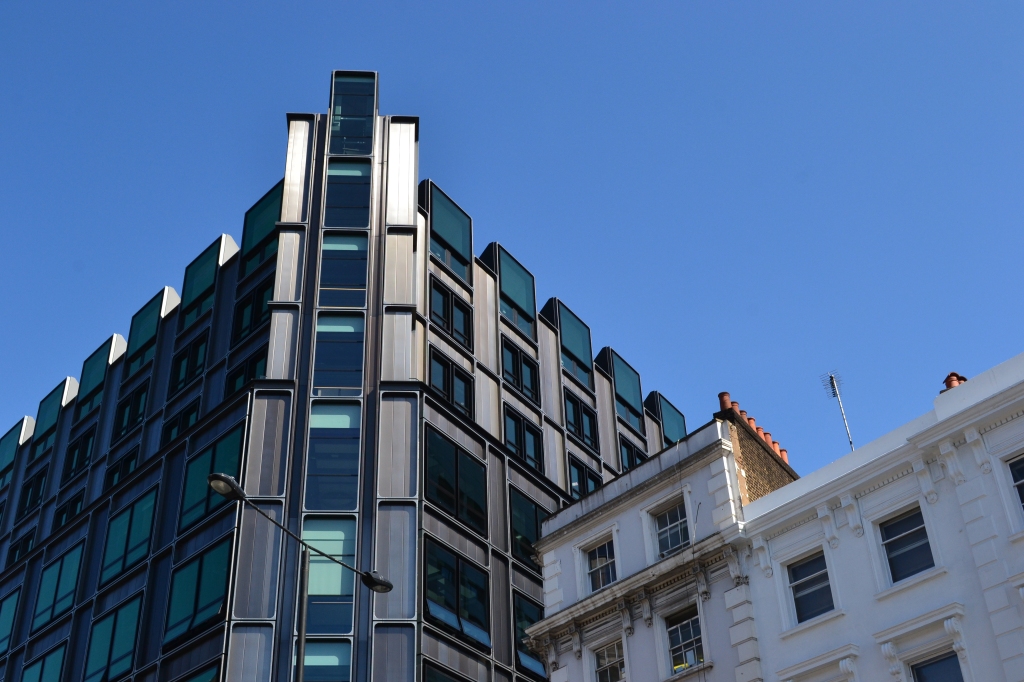The CNJ have begun investigating Camden’s Section 106 empire, beginning with the scandal surrounding affordable housing payments.
An article in the Camden New Journal this week has finally exposed the scandal surrounding Camden’s multi-million pound Section 106 income. Investigated many months ago by this site, the CNJ article focusses solely on income secured in lieu of affordable housing provision, which tops out at £130M over 7 years.
Section 106 is a mechanism by which local authorities can secure financial contributions in exchange for granting planning permission. It was introduced in 1990 to ensure that harm caused by a development could be offset by other means.
National policy and regulation dictates that these payments must be used only to address harm directly caused by a development. The government gives as an example that oversubscription at a local gym due to a new housing development could be offset by funding an extension to that gym, only to accommodate the new residents of the housing development.
But Camden Council has adopted a long term strategy of maximising these payments and spending them on entirely unrelated projects all across the borough.
It is now a vital source of income and funds all of Camden’s infamous public realm projects, while also funding their numerous affordable housing ventures.
But aside from the dubious legality of this strategy, there are a number of controversies surrounding the scheme which have been particularly damaging to those living in Central London.
The enormous pressure for redevelopment in this area means that Camden can effectively extract millions of pounds in exchange for granting a single application, given that it is large enough. This means that there is a strong presumption of overdevelopment throughout Bloomsbury and beyond.
It is thought that it is this presumption which has seen an increasing number of absurd developments granted throughout Bloomsbury, which very often impact negatively upon conservation areas and listed buildings, or even see historic buildings demolished.

The most recent example is that of the Eastman Dental Hospital decision, which saw three sides of an historic hospital courtyard demolished. Camden secured in excess of £3M for this application.
But the real scandal is that those communities negatively affected by overdevelopment have no say in how the millions won at their expense is spent.
Very often those same funds are used to fund projects which are then opposed at great length by the same communities.
Residents, businesses, and societies opposed the Gray’s Inn Road cycle lane scheme proposed earlier this year, which included no-stop zones along the entire length of the street.
Businesses were told that they should organise their deliveries in batches and have them wheeled on a cart from Pentonville Road.
The funds for this project were secured from the Eastman Dental Hospital Section 106, which was opposed by those same businesses and residents.
The CNJ article focusses on PiLs (Payments in Lieu), which is a Section 106 payment secured in exchange for developers not providing affordable housing.
The article showed that the vast majority of developments across the borough are permitted to not provide affordable housing, so long as they pay sums of up to £7M.
It ironically comes in the wake of a recent article describing Camden’s pride in refusing an application for not providing 2 affordable flats.
The public scrutiny into Camden’s Section 106 empire coupled with a reduced development pressure in the wake of a pandemic should hopefully ease the strain upon Bloomsbury’s heritage and communities.
Perhaps councillors could consider consulting with those same communities on how the tens of millions currently in savings should be spent.


Now this is what we need to hear!!! About time!! So overdue!
Sent from my iPhone
LikeLike